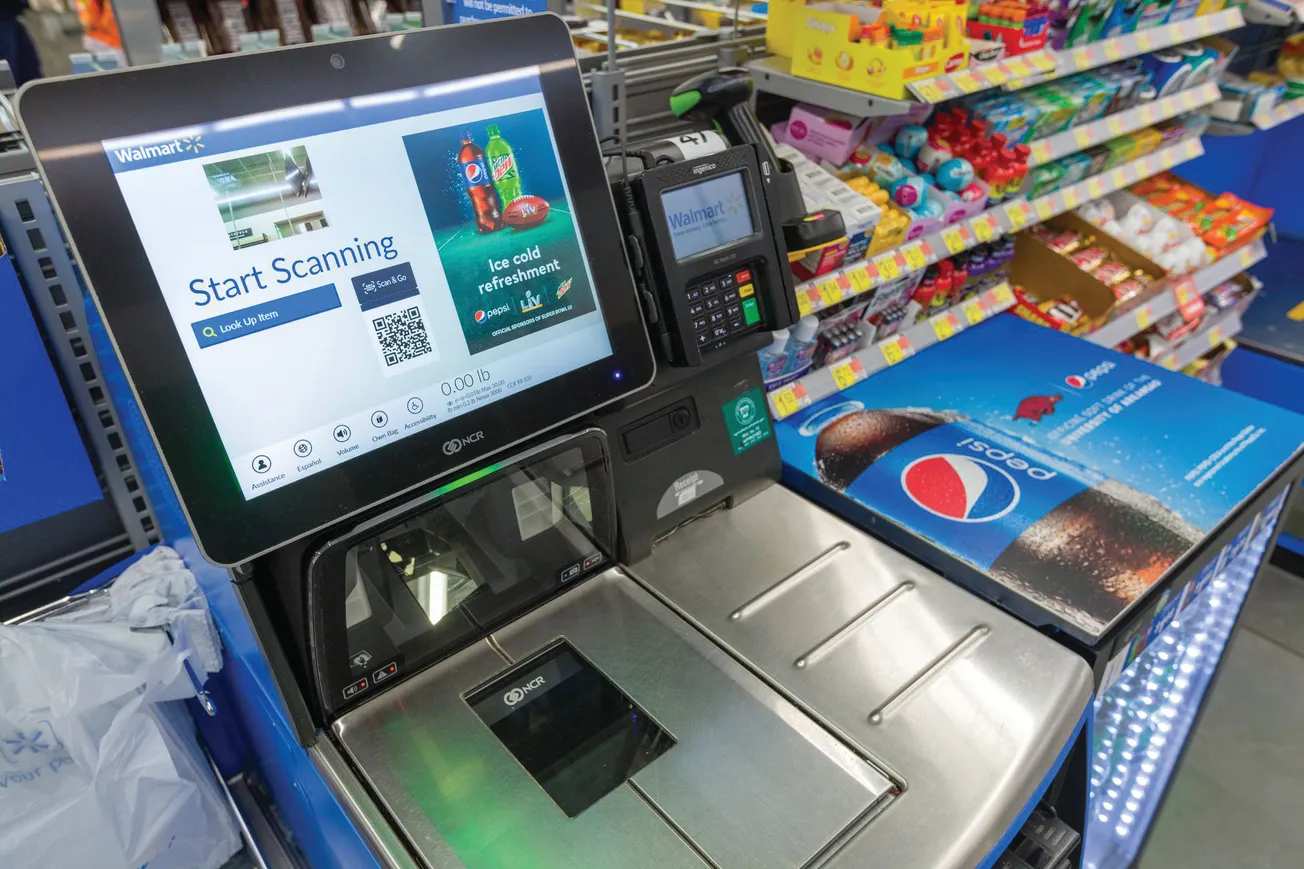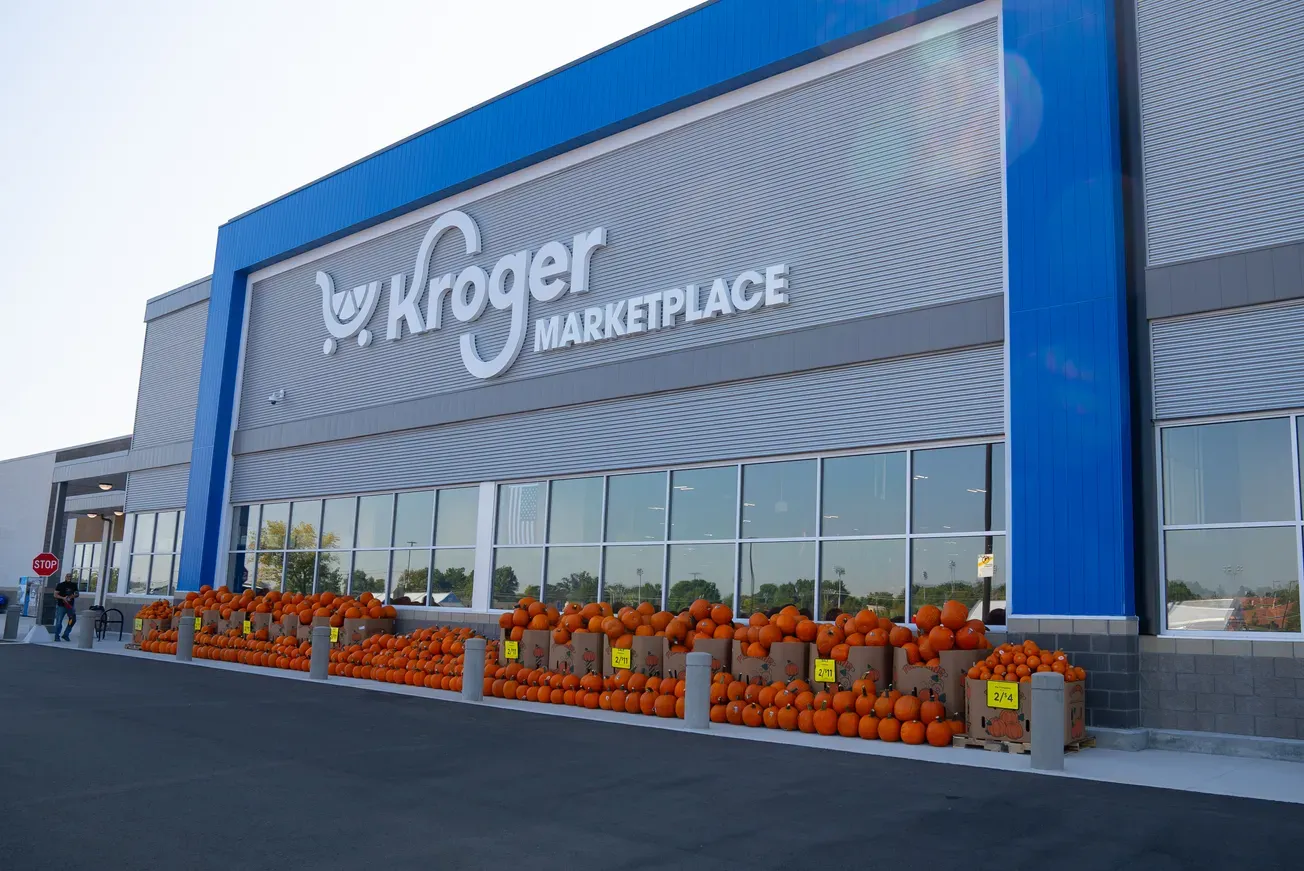With the rising pharmacy spend driven by expensive novel therapies, the path from physician prescribing to the patient starting therapy has become increasingly complex and opaque. The combination of rigorous payer utilization management requirements and higher out-of-pocket has complicated the process, generating barriers to medication access and diluting the patient experience, which is resulting in growing rates of prescription abandonment.

Deepak Thomas
While consumer expectations for service, product selection and technology have risen and been met across industries, health care still lags behind in responding to evolving consumer behavior. Today, most health care related experiences lack the simplicity and ease that has become ubiquitous in our daily lives, thus leaving a huge opportunity for digitally enabled patient access services that meet patients where they are — in their smartphones. Digitally forward platforms are demystifying the path from prescription to patient to facilitate a better access journey for all stakeholders that improves health outcomes.
Delivering the patient access experience consumers demand
Over the last several years, digital technologies have created frictionless consumer buying experiences, streamlining the purchasing process. Consumers expect to know upfront how much a product or service costs, how conveniently they can obtain it, and when they can expect to receive it. When they interact with their doctor or pharmacy, they now expect to be able to engage in the same manner.
Yet for most health care interactions, particularly when it comes to gaining access to branded retail and specialty medications, the consumer purchase process is more akin to what one would have expected in the 1980s. It’s replete with long wait times, endless telephone calls to share needed information, and extensive forms that health care providers find difficult to complete. In fact, two out of three consumers claim to have had a poor patient experience with a HCP, hospital or pharmacy.
The rapid rise of digital health technologies promises to transform the patient experience, which can be a crucial differentiator and competitive advantage for pharmacies, HCPs and health plans. It’s evident that consumer-centric digital technology deployed across the prescription journey can dramatically enhance the patient experience, and patients want more of it. It’s no surprise that six out of 10 want to use technology more when communicating with HCPs and managing their medical conditions. More effective communication and personalization increase engagement, helps boost medication adherence and, ultimately, patient outcomes. Some of the ways that digital health technologies can enhance the patient experience are as follow:
- Simplifying enrollment in patient support programs offered by life sciences brands.
- Eliminating the need to engage in long telephonic processes for payer coverage.
- Providing real-time feedback and coverage status updates on prescriptions.
- Allowing patients to have their prescriptions conveniently delivered to their home.
- Sending automated reminders to take their medication or refill a prescription.
Overcoming prior authorization hurdles
In most circumstances, managing prior authorizations (PAs) is labor intensive and extends the time to therapy initiation by days or weeks when done manually. This is typically because most solutions on the market today have failed to leverage technology to eliminate friction points in the process. Multiple surveys have shown a direct correlation between lengthy PA processes and increased prescription abandonment, treatment delays and therapy disruption — all of which can be detrimental to patient outcomes.
The lack of process optimization also results in a smaller percentage of prescription drugs getting covered by payers because of the friction involved in the approval process, which many patients have come to accept as the norm. For example, a data entry error or omission can occur when processing a PA manually, which may precipitate a denial. Unfortunately, it is typically at the pharmacy counter where patients learn of the denial and cannot fill their prescriptions due to lack of coverage; they have little recourse to influence this decision.
New patient access technologies that automate benefits verification and reduce manual effort for PAs can alleviate the administrative pressure on providers and pharmacies alike. By utilizing available information from the electronic health record and e-prescription to prepopulate required forms, these technologies reduce the likelihood of errors and enable prompt treatment initiation while giving HCPs and pharmacists more time to focus on patient care. In addition, these software-driven platforms track the PA journey end to end, providing greater visibility into what is typically an opaque process for all stakeholders. This transparency promotes a better experience for all stakeholders — further easing administrative strain, building trust and addressing patient concerns while expediting access to affordable therapy. Thus, it’s essential that health care entities look to develop new partnerships with innovative health technology providers that have proven their merit.
Phil’s next-generation patient support technology platform provides a frictionless, patient-centered experience that clears the path from prescription to patient by breaking through barriers to medication access. Visit phil.us/ to learn more.
Deepak Thomas is the founder and chief executive officer of Phil Inc.









